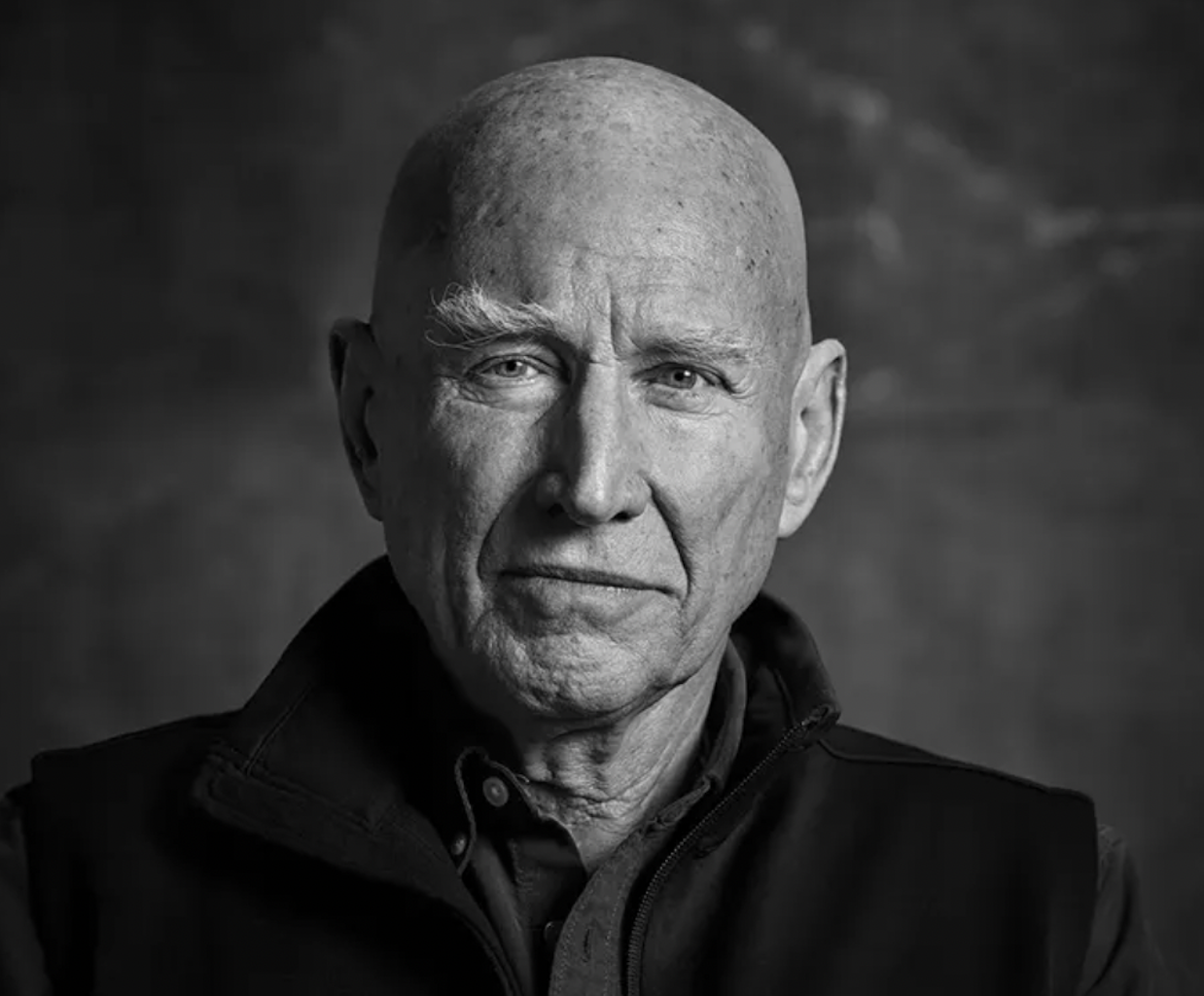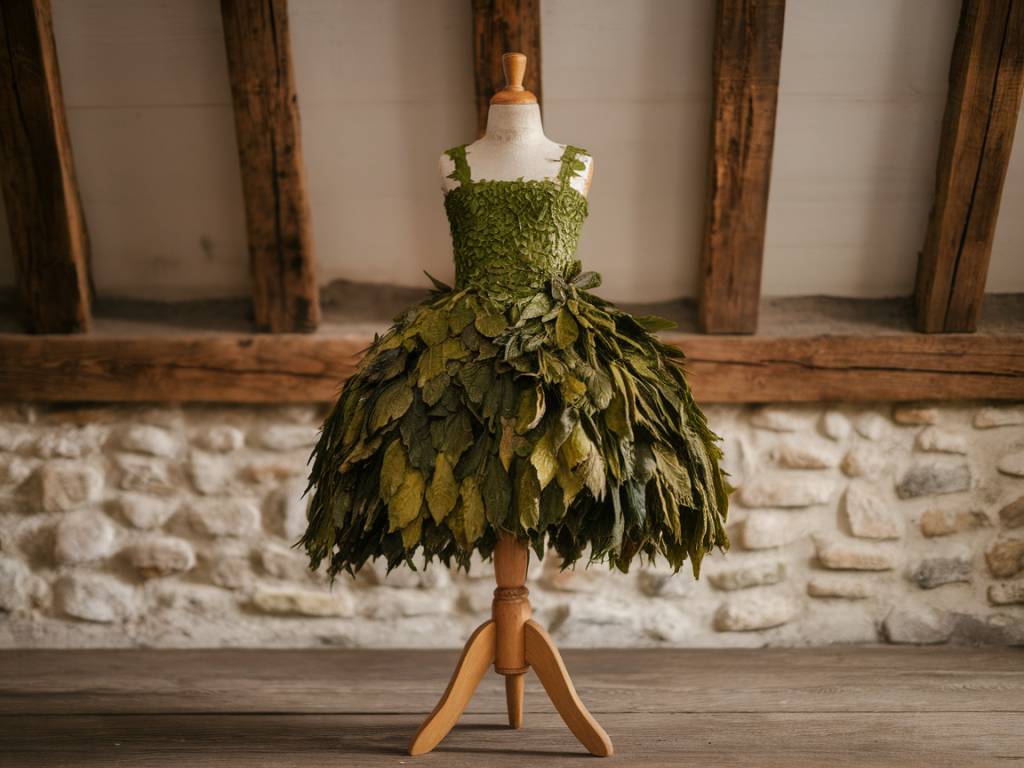An Extraordinary Eye on Humanity
Paris, May 24, 2025 – The world mourns the loss of Sebastião Salgado, the iconic Brazilian photographer who passed away at the age of 81. From the scorching deserts of the Sahel to the burning oil fields of Kuwait, Salgado travelled through more than 100 countries, capturing in black-and-white the triumphs, sorrows and extraordinary resilience of people around the globe. His passing in Paris, the city he adopted as a second home, marks the end of a remarkable career devoted to honouring the human spirit through the art of photography.
Portrait of the Traveller-Artist
Born in 1944 in Aimorés, Minas Gerais, Sebastião Salgado originally trained as an economist before discovering his true calling behind the lens. His wife, Lélia Wanick Salgado, became his lifelong creative partner—curating his exhibitions and shaping the presentation of his books—forming one of the most envied collaborations in the world of photography. Together they built an unparalleled body of work spanning social injustice, global migration and environmental renewal.
From Sahel Famine to Global Recognition
It was Salgado’s 1986 series Sahel: L’Homme en Détresse that first brought him international acclaim. Commissioned by Médecins Sans Frontières, the project documented the devastating famine that struck West Africa, revealing emaciated faces and villages on the brink of collapse. The stark, haunting images ignited conversations about humanitarian intervention and established Salgado’s reputation for empathetic, unflinching reportage.
Monuments to Labour and Migration
True to his pursuit of long-term projects, Salgado spent six years working on Workers (1993), a monumental 400-page exploration of human labour in 26 countries. He later returned to the theme of migration in In Cammino (2000) and its successor Exodus (2016), tracing the journeys of displaced communities and vividly portraying the complexities of modern movements of people.
Genesis: Celebrating Planetary Majesty
In 2013, Salgado unveiled Genesis, a celebration of nature’s untouched landscapes—from Antarctic glaciers to Amazonian rainforest. Though some critics argued the images were overly pristine, the series underscored Salgado’s belief that environmental preservation goes hand in hand with social justice. His work inspired not only visually stunning exhibitions, but also the founding of the Instituto Terra, a reforestation project in his native Brazil.
The Power of Collaboration
Central to every project was the collaboration with Lélia Wanick Salgado. She meticulously planned itineraries, edited thousands of frames, and designed exhibitions that complemented her husband’s artistic vision. Their son, Juliano Ribeiro Salgado, continued the legacy by co-directing The Salt of the Earth (2014) with filmmaker Wim Wenders, earning an Oscar nomination and introducing a new audience to Salgado’s remarkable worldview.
Ethics, Empathy and Endurance
Salgado’s photographs did more than document; they provoked ethical reflection and a shared sense of responsibility. From the burning Kuwaiti oil wells of the 1991 Gulf War to the backbreaking toil in gold mines, his images spoke to governments, aid agencies, and everyday viewers. His economic background informed his understanding of systemic issues, while his gentle empathy ensured his subjects were portrayed with dignity and respect.
Lessons for Future Generations
- Commit to empathy: Salgado taught us that photography can bridge cultural divides by holding up an honest mirror to human experience.
- Embrace long-term vision: His decade-long projects remind us that meaningful visual storytelling requires patience and deep engagement.
- Combine art and advocacy: Salgado demonstrated that aesthetic beauty and social activism can coexist, motivating viewers to protect both people and planet.
A Living Legacy
As we reflect on Sebastião Salgado’s extraordinary career, we honour not only his images, but the values they embody—compassion, curiosity, and a profound respect for our shared humanity. His work will continue to guide photographers, activists, and citizens alike in championing justice and environmental stewardship. In the words of Virginia Woolf, “Seeing if, looking at the same photographs, we feel the same things”—Salgado’s enduring gift to the world is that he let us feel together.










